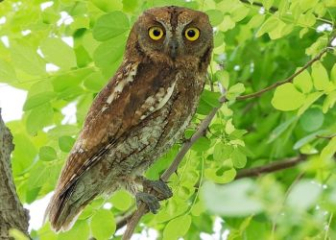Turtle Dove - Origin, characteristics, detailed breeding instructions from A to Z
Blog | by
Turtle Dove (Streptopelia chinensis) is a popular and beloved pet bird in Vietnam, with a simple appearance, deep, far-reaching, rhythmic crowing.
Turtle Dove (scientific name Streptopelia chinensis) is a very familiar and popular pet bird in Vietnam. With a deep, golden voice and a simple but very stylish appearance, Dove has become an elegant hobby and at the same time a symbol associated with the folk culture of our country.
In today's article, let's go deeper with nicebirds to learn about the origin, appearance, habits and how to raise turtledoves to gain more experience in taking care of this bird with impressive crowing sound!
Dove information :
|
Scientific name |
Streptopelia chinensis |
|
Common name |
Dove |
|
Set |
Columbiformes - Pigeons |
|
Surname |
Columbidae - Pigeons |
|
Spend |
Streptopelia |
|
Source |
Asia |
|
Size |
30 - 35 cm |
|
Lifespan |
6 - 10 years |
Origin & distribution of turtle dove
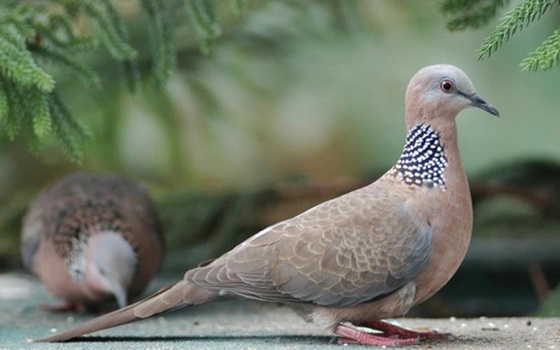
Dove is a popular pet bird in Vietnam.
The Dove (scientific name Streptopelia chinensis) is a bird native to Asia and Southeast Asia, including the following countries:
- Vietnam
- India
- China
- Cambodia
- Thailand
- Laos
- Sri Lanka
- Indonesia
In Vietnam, turtle doves are widely distributed from the plains, midlands to the mountains. They like to live near residential areas, forest edges, fields or swidden fields - because these places have abundant food sources and dense vegetation.
The role of the dove in Vietnamese culture
The turtledove is not only a familiar ornamental bird but it also has many profound meanings in the folk culture of Vietnam.
- The cuckoo's "cuckoo" sound has appeared a lot in poetry, is a symbol of peace, associated with the image of fields and beloved countryside.
- The elegant hobby of bird keeping has existed for a long time and is popular in the North and the South.
- Symbolizes fidelity, loyalty and gentleness.
Dove appearance

Image of a turtledove with a distinctive beaded necklace.
Right below, we have shared detailed information about the appearance of the dove, helping you easily recognize this bird in the bird world. Let's find out now!
- Size : 30 - 33 cm (including tail)
- Wingspan : 45 - 50 cm
- Shape : Well proportioned, medium size.
- Color : Back and wings are grayish brown or mouse gray, some individuals have a greenish blue color under light. Belly and chest are light gray or grayish white.
- Necklace : The bird's neck has a black and white necklace on the back of the neck forming a crescent shape. This is also the most special feature of the turtledove.
- Tail : Long, with white border at the edge of the tail.
- Head : Pointed, round
- Eyes : Round, large, reddish brown or dark brown, with a thin rim of loose skin around the eyes.
- Beak : Short, slightly curved, black or dark gray in color.
- Feet : 3 toes in front - 1 toe in back, pinkish red or pinkish gray in color, very strong.
- Appearance : Normally very dignified, when crowing the bird raises its head high, its neck puffs up and shakes slightly.
Distinguishing between turtle doves and pigeons
Nowadays, many people think that turtle doves and quails are the same bird, but in fact they are two separate species. They have the following differences:
|
Distinguishing criteria |
Dove |
Dove |
|
Scientific name |
Streptopelia chinensis tigrina |
Streptopelia chinensis |
|
Folk name |
earthworm, earthworm |
Wild dove, guest dove |
|
Place of residence |
Close to people |
Mainly live in deep forests, very difficult to domesticate |
|
Necklace |
Clear, even, beautiful |
Smaller, unevenly speckled beads |
|
Hair |
Smooth, bright, light gray |
Rough, dry, not smooth, dark brown or dark gray in color |
|
crowing voice |
Even, deep, rhythmic |
Crowing fast, loud but unevenly |
|
Temperament |
gentle, docile |
shy, hard to tame |
Dove behavior

A pair of turtledoves are standing next to each other very affectionately.
Let's learn in detail about the habits and typical behaviors of turtledoves from living, breeding, eating to social behaviors to better understand and care for this bird species.
Habits
Doves have special living habits as follows:
- Prefers to live alone or pair up during breeding season. Normally, it rarely gathers in large flocks like domestic pigeons.
- They are highly territorial, each dove will occupy its own living area and try to protect that territory from other birds.
- They are mainly active during the day, especially early morning or late afternoon, this is also the time when they crow the most.
Eating habits
Although doves are birds, they have the following eating habits, often jumping on the ground to find food such as millet, rice, sesame, paddy,...
Communication skills
Male doves often use their crowing to attract mates, assert their territory, or even “challenge” other male doves. Each dove will have its own crowing rhythm. And often when encountering an opponent, doves will always puff out their necks, wings, and stretch their bodies, then crow loudly to show off their power.
In particular, they also have the habit of "crowing by listening", which means that when they hear another dove crowing, they will immediately respond with a louder crow.
Gentle and docile
Doves have a very gentle temperament, are not destructive and do not seem to sing as loudly as larks or larks.
In particular, this bird is also very easy to tame, especially when raised from a young age and once familiar with its owner, it can easily distinguish who is its owner.
Reproductive behavior
Here are the reproductive habits of turtledoves, let's learn more:
- Breeding season occurs from about March to August, when the weather is warm and food sources are abundant.
- Doves often use small sticks, straw, and stubble to make a simple nest in a tree because they are not good at making nests.
- Each time the female bird will lay 2 eggs, then the female and male bird take turns incubating the eggs for about 13 - 15 days.
- The hatched chicks will be fed by the parent birds with secretions from the crop - also known as crop milk - until they can learn to eat.
Detailed guide to raising turtledoves for beginners
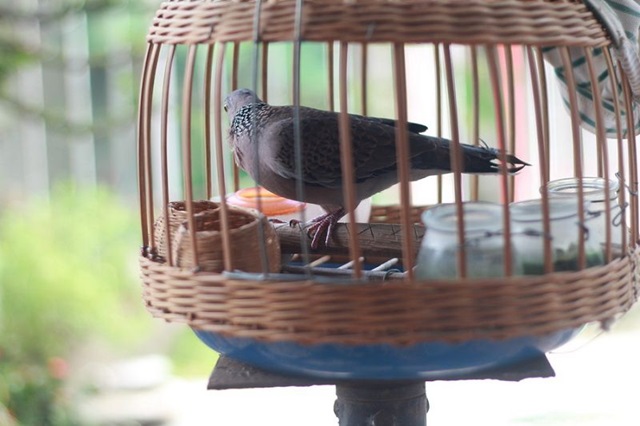
A turtledove is being raised in a bamboo cage.
Doves are a very easy bird to raise, suitable for even beginners. However, if you want to raise doves most effectively, follow the instructions below!
Choose Dove breed
Choosing a dove breed is very important because only when choosing a suitable, healthy bird can they develop well.
When choosing a breeding bird, you should note the following:
- If you are new, you should choose birds that already eat natural grains (smooth birds) or domesticated birds for easier care.
- If you want to raise turtledoves, you should choose male birds.
- Choose birds with clear, even neck rings, smooth feathers, bright eyes, clear crowing, and smart birds...
Prepare suitable cages and pens
After choosing the breed, you need to choose a suitable cage/pen so that the turtledove can quickly adapt and develop well.
A suitable cage will meet the following basics:
- 60 - 70 cm wide, about 70 cm high to give birds enough space to move around.
- Choose a cage made from bamboo or wood.
- The cage should have a tray for drinking water, food, and an easy-to-clean feces tray,...
- The cage should be hung in a quiet place with light sunlight and limited drafts.
What do turtle doves eat?
When kept in a cage, you can feed the Dove the following foods.
- Rice, paddy, millet, sesame seeds, crushed corn
- Green beans, sunflower seeds
- You can feed the bird small pebbles or clean sand to aid digestion.
- Give the bird clean water every day, you can add vitamin C when the weather is too hot.
Hygiene and disease prevention
For the Dove to adapt quickly and crow well, you need to pay attention to cleaning the cage and preventing diseases for the bird. Specifically as follows:
- Clean the cage/pen about 2 - 3 times per week, remove leftover food, clean the bottom of the cage, clean up feces,...
- Clean food and water troughs every day
- After cleaning the cage, leave it in the sun for about 2-3 hours to dry and disinfect.
Disease prevention for turtle doves:
- Avoid leaving the cage damp or exposed to strong winds.
- Observe the bird every day, monitor the color of the droppings, the crowing, the bird's ability to eat and drink and its alertness. If you see the bird is lethargic or has ruffled feathers, isolate it immediately and monitor further.
- Periodically, you should use crushed garlic mixed with water and give it to your turtledove to drink to increase resistance.
- Ensure quality of food and drinks.
Bird crowing training
Training to crow is also a key factor in determining whether a dove will have a good crowing sound. You can do basic training as follows:
- Hang the bird cage in a place where there are many other birds in nature to "stimulate" the bird to crow louder and more enthusiastically.
- You can play the standard Dove sound on your phone or speaker for the bird to listen to every morning for about 15 - 30 minutes.
- Interact, expose birds to more crowded places to make them tame.
Dove price list
Currently, the price of turtle doves in the Vietnamese market varies depending on the region, age, level of purity, and crowing voice of the bird. If you want to learn more, please refer to the price list we have compiled below!
|
Dove |
Reference price (VND/piece) |
Characteristic |
|
Young turtle dove |
100,000 - 250,000 |
Baby birds are 3 - 4 weeks old. |
|
Wild turtle dove |
200,000 - 500,000 |
Newly trapped bird, not tamed, crows little or does not know how to crow |
|
The dove has crowed. |
400,000 - 700,000 |
The bird can crow but is not tame. |
|
Pure dove |
800,000 - 1,500,000 |
The bird is tame, used to people, and crows well. |
|
Female Dove |
150,000 - 300,000 |
Mainly raised for breeding |
Questions and answers about turtledoves?
How long does it take for a dove to learn to crow?
Depending on whether it is a young dove or a wild dove, young birds usually start crowing at 3 - 6 months old, while wild birds can crow again 2 - 3 weeks after being trapped.
How long do turtledoves live?
On average, turtle doves live from 6 to 10 years, depending on care conditions.
When do doves sing?
Doves often crow a lot in the early morning and cool afternoon. When the weather is pleasant and the space is quiet, they will crow louder and more continuously.
How many days does it take for a dove to hatch?
On average, doves will incubate their eggs for about 13 - 15 days before the eggs hatch into chicks.
What does it mean when a dove flies into the house? Good luck or bad luck?
Doves symbolize luck, fortune and health, so often a dove flying into the house is a sign of good luck for the homeowner.
Beautiful dove pictures
If you want to admire more pictures of doves to be able to visualize and distinguish them from other birds in the pigeon family, do not miss the collection compiled below. You will definitely be "amazed" by the rustic but extremely unique appearance of this dove!
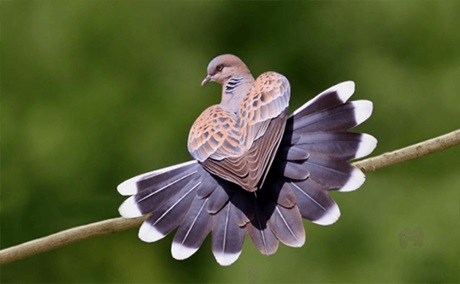
The image of a turtledove spreading its tail is very beautiful.

Two turtledoves are perched next to each other.
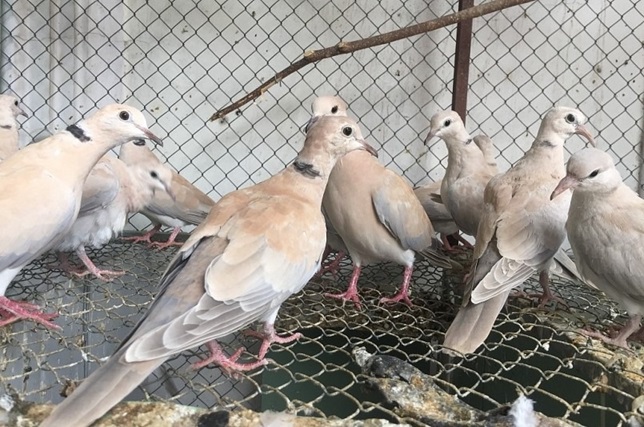
Picture of young turtle doves.
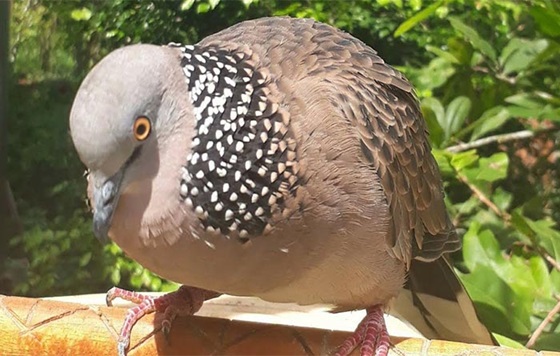
Close-up of the unique "beaded necklace" of a turtledove.
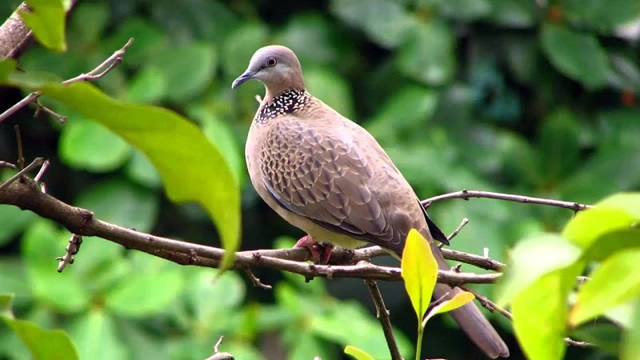
A turtledove is perched on a high branch.
Above, nicebirds.net has compiled some information related to the Dove . Hopefully you will have more knowledge and experience to take better care of this bird. In general, raising Doves is not too complicated, as long as you are patient and follow the instructions we have shared above, you will definitely succeed and own a Dove with a beautiful, impressive crowing sound.
Don't forget to visit our Blog section every day to learn more about beautiful bird species as well as collect valuable bird-keeping experiences from the "bird-loving" community!

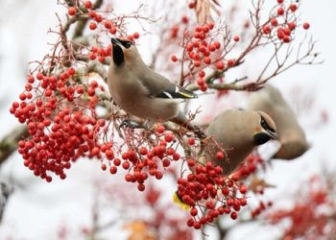

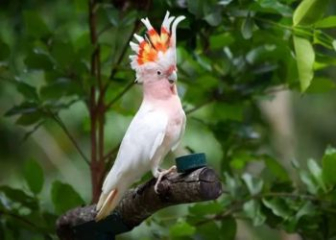







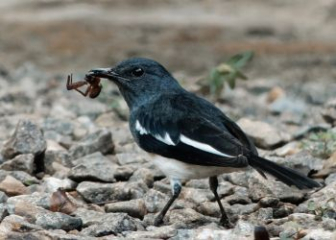



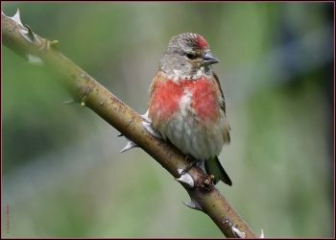
_350x250.jpg)


